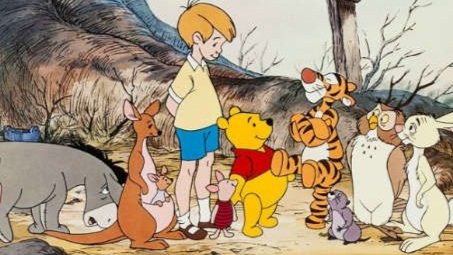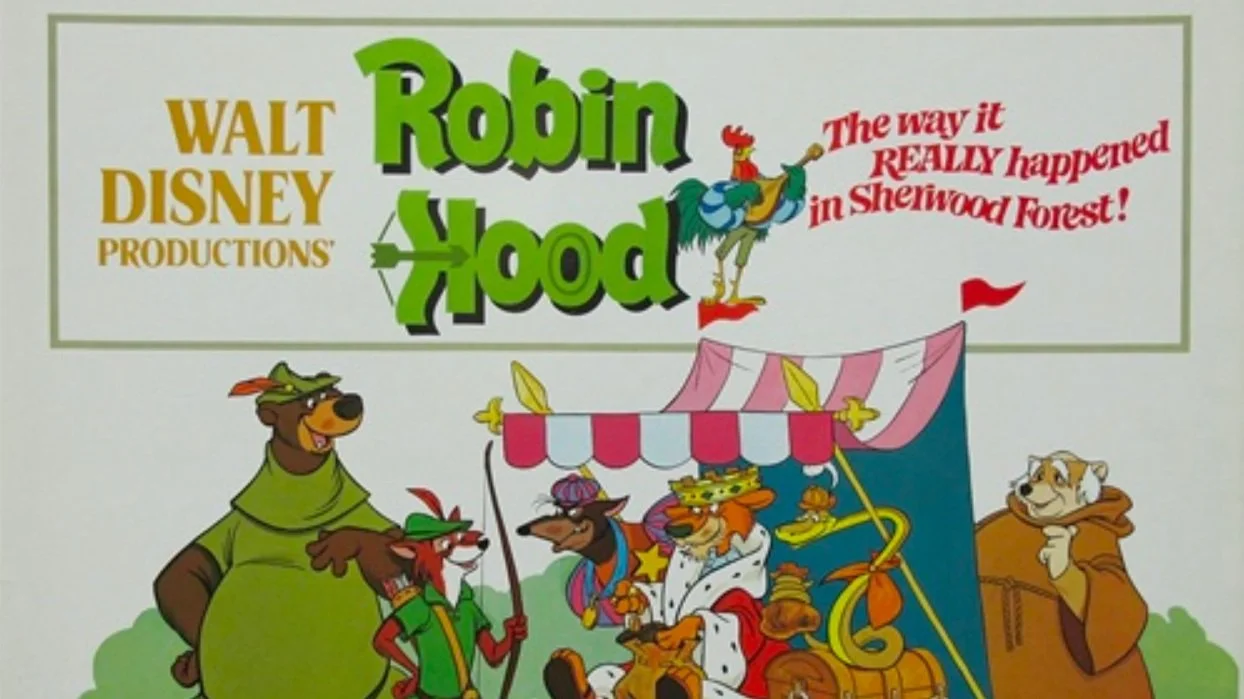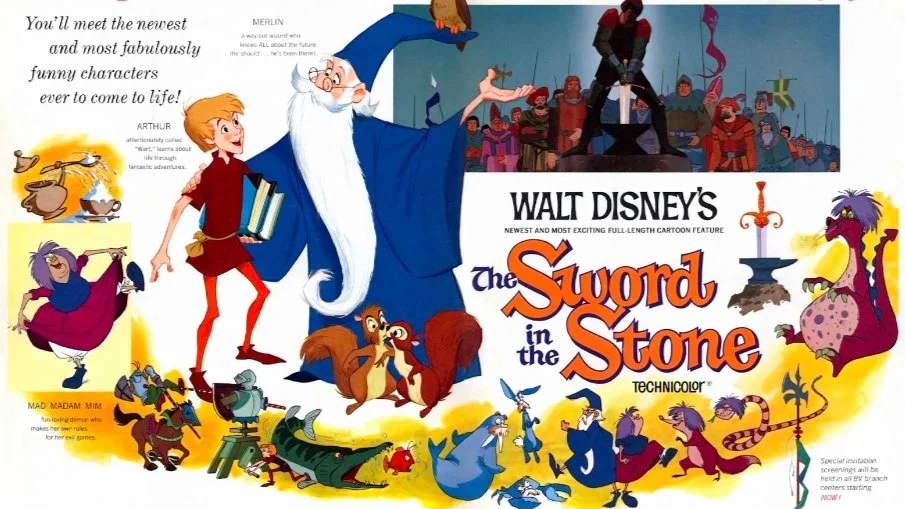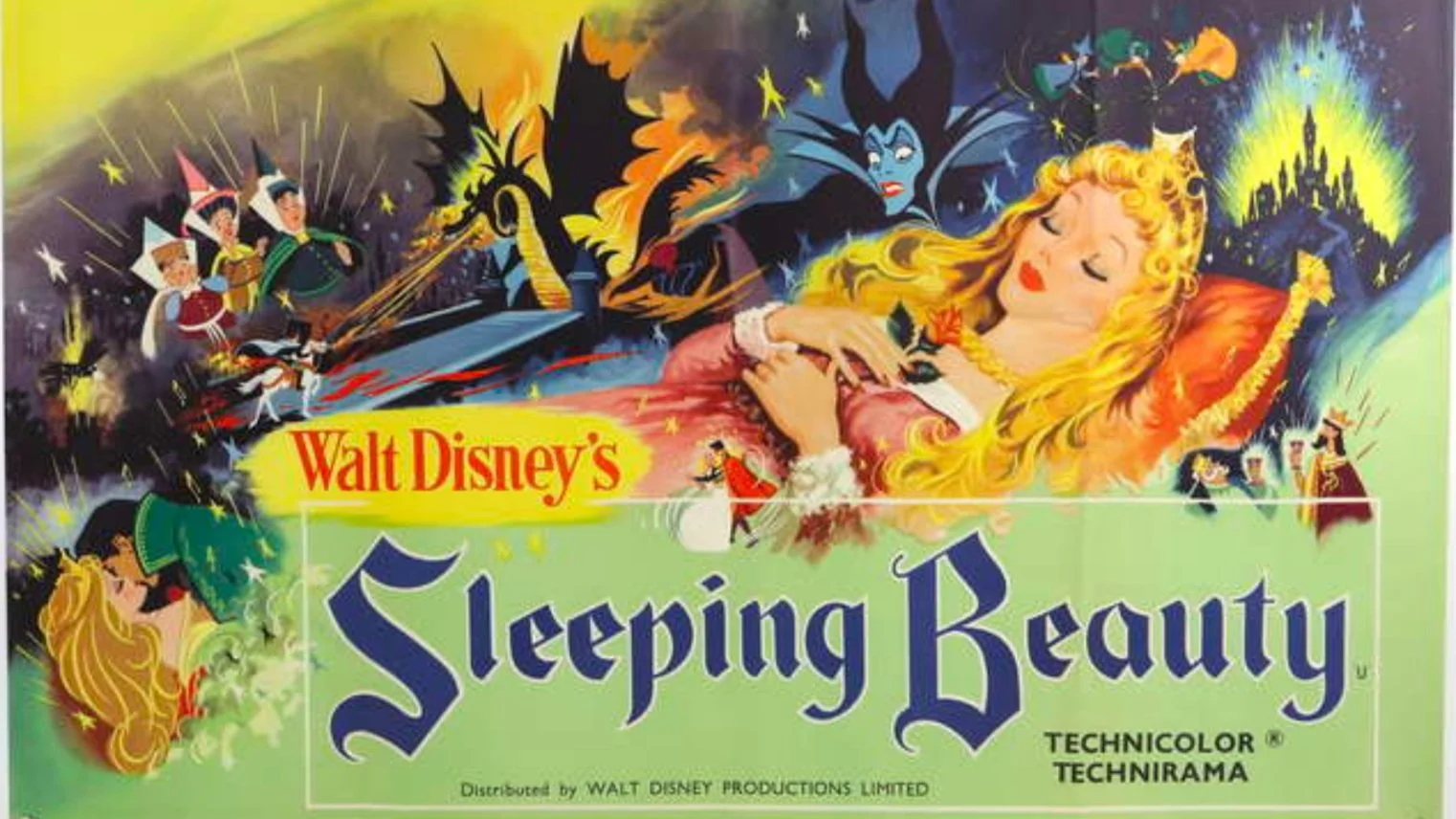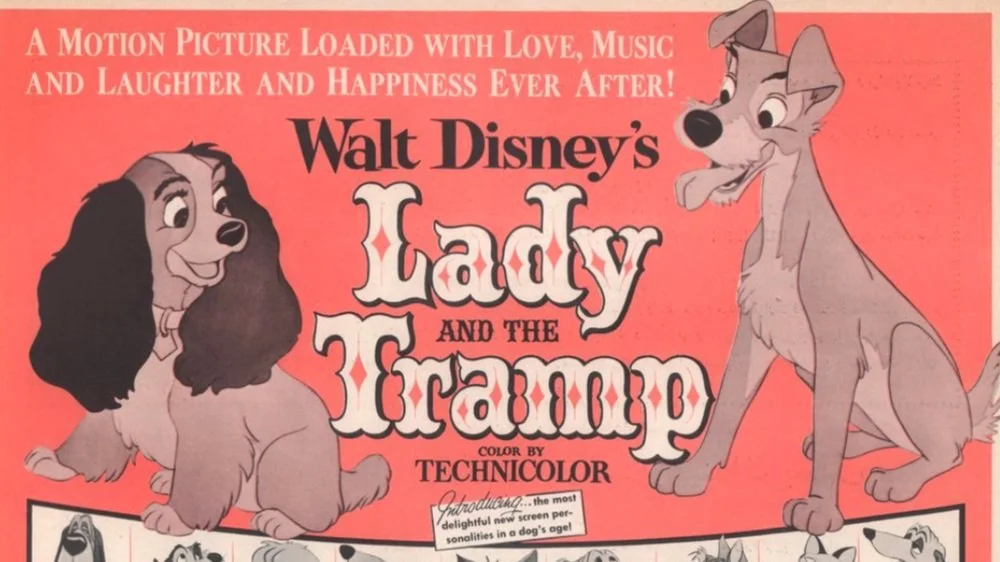Fresh Eyes: The Hurt Locker (2009)
As someone who has been paying attention to the general landscape of cinema for the better part of my life, it is disingenuous to say that I am approaching Kathryn Bigelow’s The Hurt Locker with an entirely untainted perspective. As this is what earned Bigelow Best Director at the Oscars, making her the first woman to do so, The Hurt Locker is an entanglement of expectations. I’ve been hearing about the quality of this film in some way since it released. So, scrolling through Amazon Prime one night, my eyes alighted on the listing and I decided this would be a perfect topic for Fresh Eyes, considering how high profile a film it is.
A lot of the films this column has covered are light on plot, and The Hurt Locker is no different. The film focuses on a group of American soldiers - played by Jeremy Renner, Anthony Mackie, and Brian Geraghty - serving in Iraq during the initial incursion, and covers the last 38 days of this team’s deployment, which the film begins counting once Renner’s character is transferred to Bravo Company. Throughout those 38 days, they encounter tripwires, snipers, car bombs, Ralph Finnes, body bombs inside of children, unwelcoming locals, and some padlocks.
Part of what really makes The Hurt Locker work is the unceasing, all-encompassing tension. Since the entire film revolves around bomb defusal, it logically follows that the scenes directly relating to the bombs would be tense. But Bigelow takes this tension and elevates it by bringing in big name actors and promptly disposing of them within the same scene. After Guy Pierce dies to the first bomb of the film, each bomb could easily be the end of any of the three main characters. I can only imagine the terror of watching Jeremy Renner stripping off the flak suit in theaters, and professing his desire to die comfortably if the bomb goes off, as Renner was less of a household name in 2009.
Bigelow maintains this tension outside of combat scenarios by depicting Renner’s Sgt. James as a ticking time bomb of toxic masculinity, which is another focus of film. Watching James try to function with others in everyday interactions varies from unsettling to downright terrifying, as he remains unperturbed by pretty much everything. However, James does break this façade in only the most masculine ways possible. Sgt. James only expresses emotion in the most extreme situations, for example when he and Sgt. Sanborn (Antony Mackie) take turns punching each other in the stomach. At moments like these, The Hurt Locker turns from a critique of warfare into an examination of the kind of masculinity that is required to participate and thrive in such an environment. Due to James’ presence, and their interactions throughout the film, both Sanborn and Eldridge (Brian Geraghty) realize that they do not belong in combat and their dreams are only achievable as civilians on the homefront. However, when James returns home and tries to reacquaint himself to mundane activities like grocery shopping, he is incapable of doing so.
James stands as an example of both what happens to someone after prolonged time in warfare and the kind of person one has to be in order to thrive in such a setting. Repeated tours in the Middle East have turned James into something of a junkie, as it becomes clearer and clearer that the only time he feels anything at all is in life-threatening combat scenarios. This comes into relief first when he casually points a pistol at an approaching car, and builds upon itself more and more until the final shot of the film, where he willingly leaves the safety and comfort of his home life with his wife and child for another year of duty defusing bombs in the Middle East.
Going in, I felt like I was prepared for The Hurt Locker. By the end of the film, however, my jaw was resting comfortably on the floor, in utter disbelief that this movie came out when it did. Everything about this film’s existence is shocking to me, from the unflinching look at wartime masculinity to the way big actors literally show up for one scene and then die or disappear. But nothing is more stunning to me than the fact that The Hurt Locker, possibly one of the most masculine movies I have ever seen, was directed by a woman. Kathryn Bigelow deserves any and all blank checks she could possibly get after this, as The Hurt Locker is easily one of the best war films ever made, right up there with The Thin Red Line and The Great Escape.





